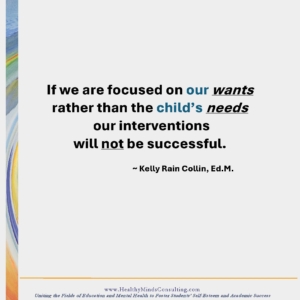Navigating the Nervous System
The path to confident young learners starts here
Meeting the underlying need a child or student is experiencing in the moment is essential for learning, cooperation, and connection.
 If we want a child to stop knocking things off the counter, but we don’t first address their underlying need for proprioceptive (big body movement) input, anything else we do is likely to escalate the situation rather than help mitigate it. The root cause of the situation, in this case seeking proprioceptive input as a method of self-regulating sensory needs, has to be addressed in order for the behavior to cease or reduce.
If we want a child to stop knocking things off the counter, but we don’t first address their underlying need for proprioceptive (big body movement) input, anything else we do is likely to escalate the situation rather than help mitigate it. The root cause of the situation, in this case seeking proprioceptive input as a method of self-regulating sensory needs, has to be addressed in order for the behavior to cease or reduce.
Likewise, if we want a student to do their classwork, but we don’t first address the fact that they didn’t eat breakfast and are so hungry they can’t focus, it is unlikely that anything we do to try to get them to do the classwork will be successful. The student needs to eat. That need has to be met before they will be able to focus on classwork.
In either of these scenarios, if we focus on what we want – for the child to stop knocking things off the counter, or for the student to do their classwork – without first identifying and addressing what the child or student needs, our interventions will miss the mark and be ineffective.
There are hundreds more examples of how we (as adults) tend to focus on our wants and therefore miss identifying the underlying need of the child.
When addressing behavior, identifying and meeting the child’s needs is essential for a positive outcome.
Navigating the Nervous System images/infographics © 2025 Healthy Minds Consulting